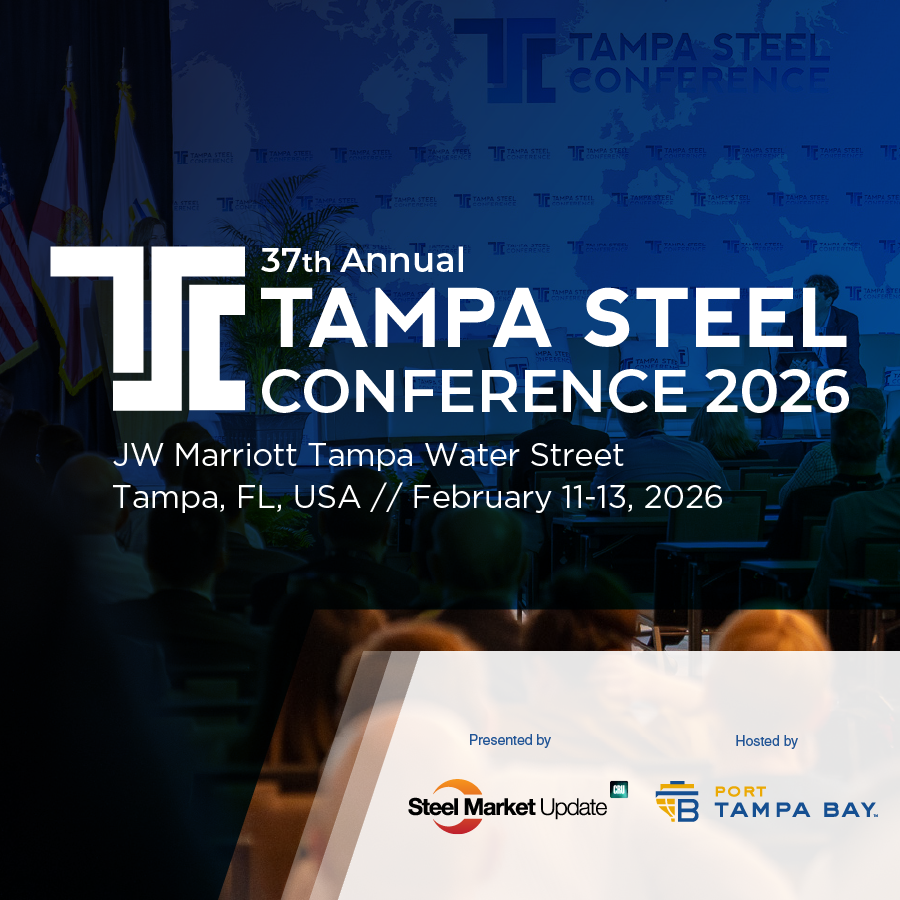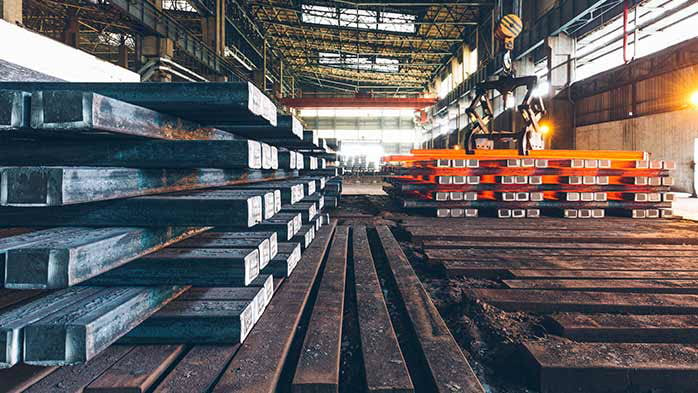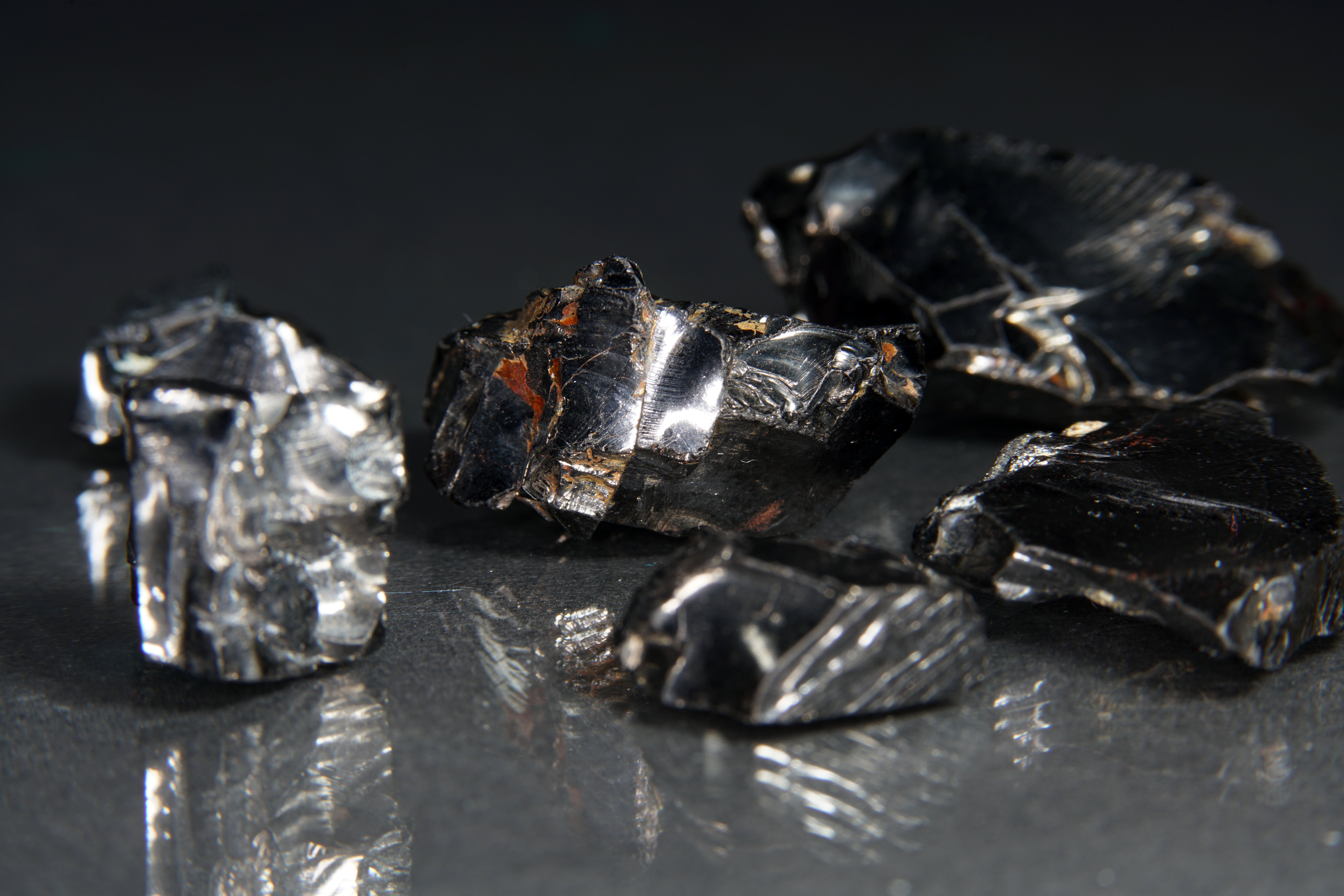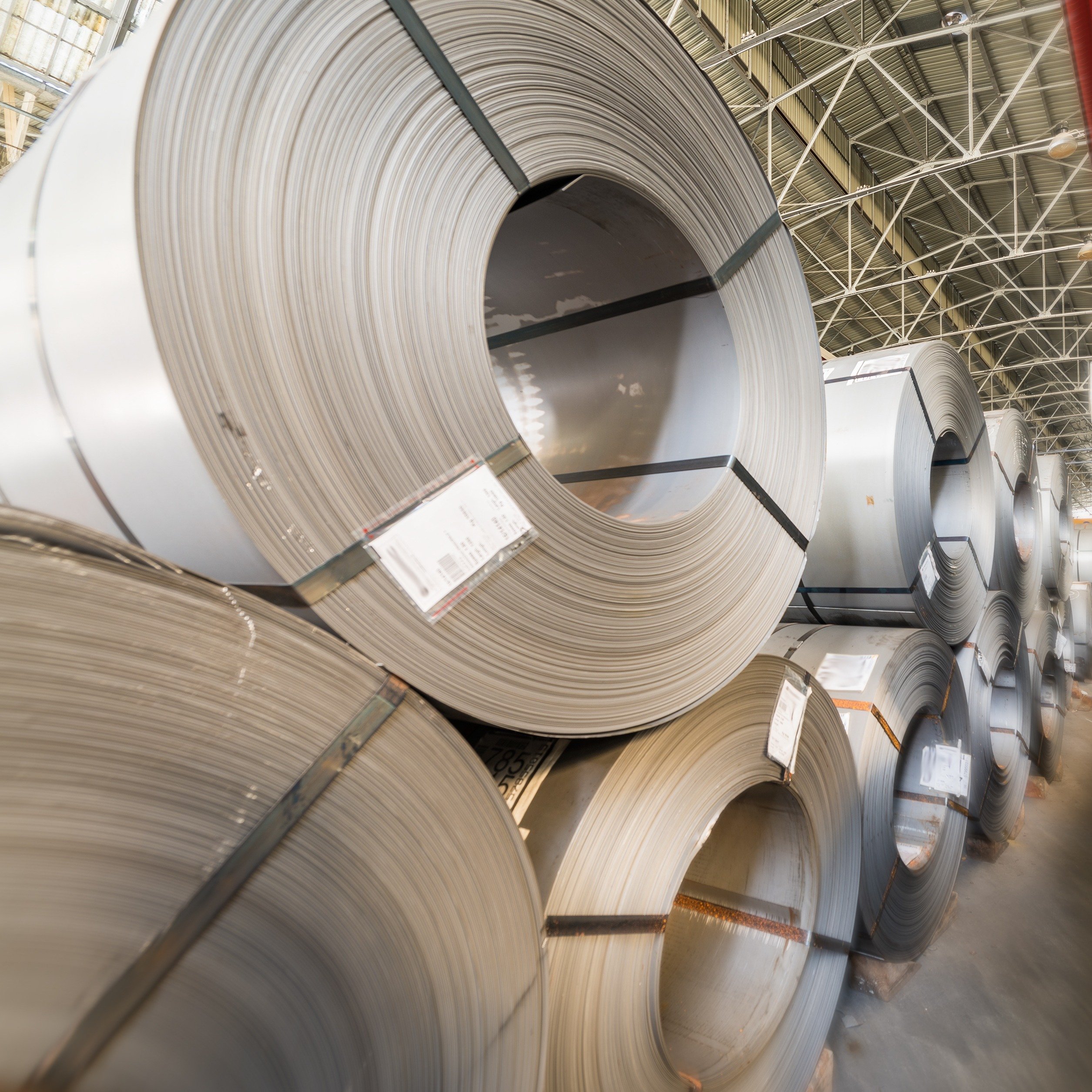The Ferroalloys Connections Summit in Amsterdam generally falls just before the mid-point of the calendar year, providing a useful time to reflect on what has been happening in the first half of the year. Midway through the year, the vanadium market offers little comfort to producers with prices well below (by 28–42%) long-run real average pricing. This is putting pressure on producer margins and has western vanadium producers on the rocks. The fate of western production capacity for this critical energy transition and industrial metal applications may be in the balance.
The energy transition cannot come fast enough for vanadium
The expected growth in vanadium demand from vanadium-redox flow batteries (VRFBs) as an energy storage solution at the grid-level represents a bright future for increased consumption. However, the present reality is vanadium consumption is still dominated by use as a ferroalloy (ferrovanadium and vanadium nitride). Also, with a negative 1.7% CAGR for crude steel production forecast from 2025–2029 (-1.3% CAGR for long products), Chinese steelmaking will no longer be a growth driver for the vanadium market.
This contrasts with battery demand for vanadium, which has seen continued growth in the first half of the year. We maintain our forecast of 15 kt V being used in batteries globally in 2025 – up from less than 1,000 tonnes in 2020. VRFBs capital costs are highly leveraged on the vanadium price, so the currently low prices have increased the cost-competitiveness of VRFBs against other technologies. Nevertheless, battery commercialisation just beginning and even rapid growth here has not yet pushed producers to fully utilise all vanadium production capacity – but soon it will and the industry must be ready for rapid production increases.
Low pricing tide exposes rocks
From 2000–2024, the average real (2024$) prices for FeV ($41.6 /kg for Europe and $20.7 /lb for the US) and V2O5 ($8.98 /lb V2O5) were much higher than what is currently reflected in CRU’s Noble Alloys and Minor Metals pricing service for the month of May ($24.3 /kg in the EU, $15.0 /lb in the US, and $4.74 /lb V2O5 DAP China for the month of May 2025).
The vanadium market is known for its pricing peaks over the past two decades, but less well covered are the valleys when vanadium pricing falls well below the long run real averages, with the 2012–2016 time period being particularly apparent as the last time when such pricing depths were touched. Even after pricing recovered from 2009 lows, producers were faced with higher costs after the global financial crisis, but with prices well below the elevated prices seen between 2004–2008.
The early 2010s saw muted steel production growth as the global economy recovered, which led to a protracted fall in vanadium pricing (with only a momentary deviation to this trend in 2012–2013). On the downward path from 2009, producers across the globe slowly and reluctantly cut utilisation, engaged in maintenance or shut down, as market pricing left profits slimmed. Even primary production proved inelastic to demand and price in the short term.
Since 2023, the market has remained in one of these valleys, and while we have not seen a bellwether closure like Highveld, producers globally are under margin pressure – confirmed both in CRU’s vanadium cost model and analysis of public filings. Vanadium pricing continues to be soft despite supply already being curtailed (e.g., Evraz’s stockpiling of slag feed that used to go through Treibacher, maintenance at Glencore’s Rhovan mine, Bushveld entering bankruptcy proceeding, etc.). With the threat of continued low prices for the next six to 18 months, producers are taking a good, hard look at their options, which are broadly to close capacity (temporary or permanent) or try to survive till higher prices come (either competitors close down or ample stock finally wind down from battery demand increase).
The following are possible impacts of western capacity reductions:
- Long-term goals of energy transition may be hampered due to lack of timely capacity for vanadium production. The VRFB is a key long-duration energy storage solution and lack of vanadium supply could make battery storage more costly.
- Increased criticality of vanadium as supply concentration increases in China and Russia – the most cost competitive and least margin-sensitive producers in the market. Export tariffs or bans would be more effective from a more concentrated supply base.
- A lack of western aerospace quality vanadium may slow aircraft delivery if more capacity closes. There is a high risk of impact here due to the small number of producers of this grade with only Glencore’s Rhovan mine, already on maintenance, US Vanadium in Arkansas, and Largo’s mine in Brazil being able to produce aerospace quality.
What will raise the tide and push vanadium producers off the rocks?
Demand for vanadium containing steel drives most of the market, and increases to global consumption are unlikely in the short term due to both war and trade protectionism dominating the headlines. Outside of specific stimulus that targets construction spending, like in Germany, demand growth in the short term is difficult to find outside of batteries. Batteries still have a bright future, and our outlook in CRU’s VRFB’s (as detailed in our Vanadium in VRFBs Special Report) points to demand growth from batteries to increase considerably through the rest of the 2020s supporting higher prices. In the meantime, the market conversation revolves around stockpiling, trade/tariffs, and whether capacity will be cut in the west.
Stockpiling – especially at the national level like the Defence Logistics Agency is undertaking in the US – may artificially increase demand but is more of a patch than a full solution to the lack of steel demand problem. FeV is a highly-traded commodity, and increases in tariff rates would support higher prices – but not higher margins, except for domestic producers in an import reliant market (i.e., the US, where a premium now exists for FeV). In general, both the threat and the reality of tariffs do little to help western vanadium producers sell more ferroalloys but do much to limit global growth and increase prices to end consumers. Only targeted tariffs
Without much in the way of demand-side increases, producers may temporarily or permanently shut production to rebalance the market and reduce stocks. As seen in 2013–2016, producers are reluctant to reduce capacity even temporarily as restarting may never occur.
Temporary or permanent shutdowns are far and away the most impactful route to balancing the market. However, governments in the west are presented with the choice of more active support for producers, which have been underperforming financially, or potentially watching domestic capacity leave their markets for good, increasing dependence on low-cost producers that could be in strategically problematic places.
To learn more about the current situation in the vanadium market, or to understand the bright future ahead, please contact us below and follow us on LinkedIn.

















